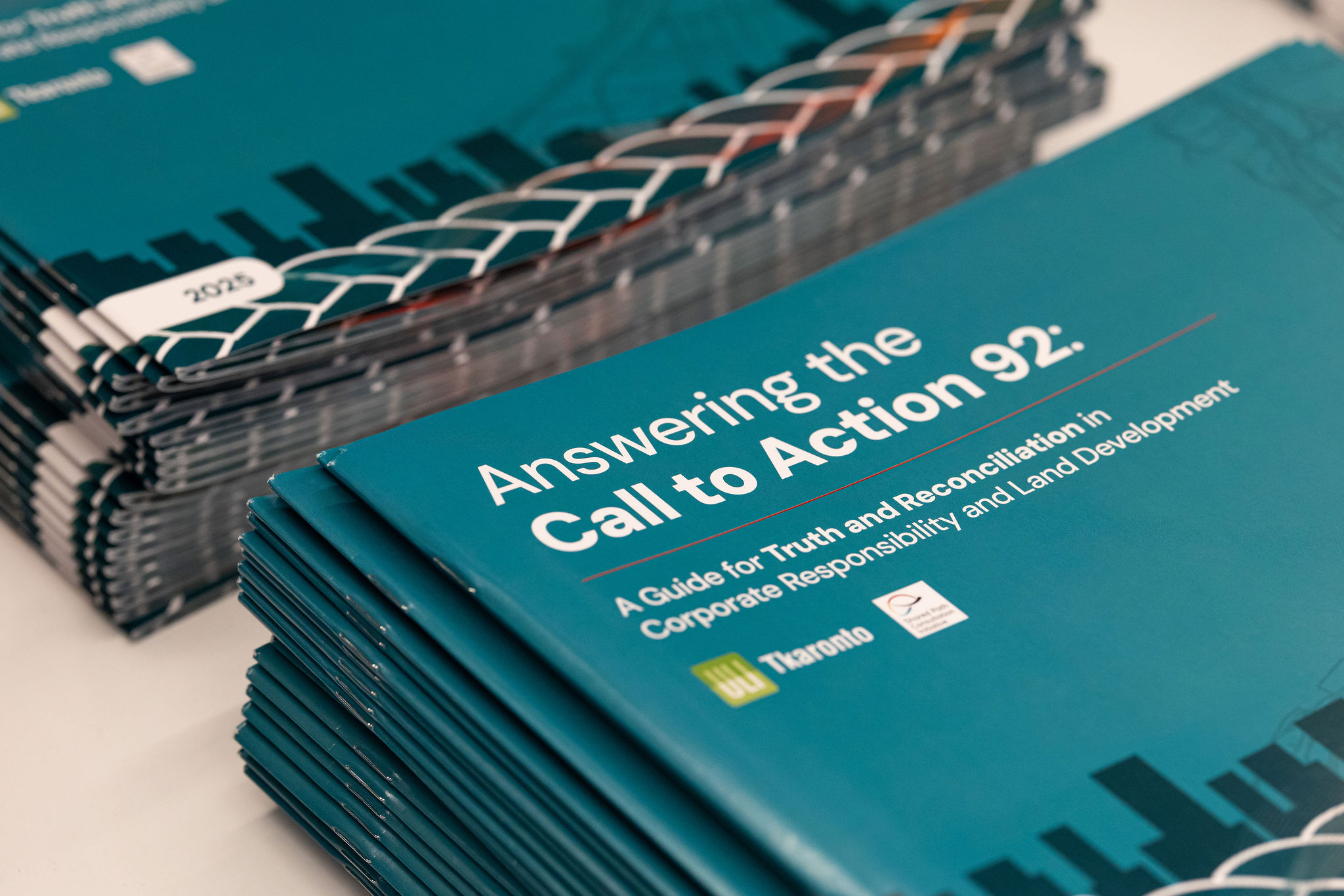Whose Land and Whose Law?
Written by Admin, Admin •
To the uninitiated, Indigenous law and land use planning may appear to be separate concepts with few tethers. Early last month, Shared Path collaborated with the Urban Land Institute (ULI) to facilitate a discussion about why we believe this is just not the case.
Entitled Whose Land and Whose Law? Indigenous Land Rights in the Greater Golden Horseshoe: Examining the Duty to Consult and Accommodate, the panel featured Shared Path’s vice chair and experienced archaeologist Ron Williamson as moderator to a conversation between top legal minds on Aboriginal and environmental law.
Renée Pelletier, a lawyer of Maliseet descent and managing partner with Olthuis Kleer Townshend LLP, brought her expertise in Aboriginal and treaty rights litigation and land claims to the discussion. Fellow panellist, Gowling WLG partner Adam Chamberlain, also brought his knowledge from many years of specializing in environmental law and Indigenous legal issues.
Together, the trio wound through the history and modern applications of the Duty to Consult and Accommodate, comparisons between Indigenous and colonial legal orders, and their intricate connections to environmental and land use planning. They mapped out the influence of treaties between the Crown and Indigenous nations on Canada’s development. Finally, they addressed the often one-sided nature of decision making and how Indigenous communities are using the courts as one of many pathways to self-determination and self-governance.
This was the second collaboration between Shared Path and ULI, an interdisciplinary organization that facilitates networking and education around real estate and land use with experts from across the globe. The first event, 13,000 years of Indigenous History in the GTA – And Why It Matters to Planning & Development, took place in June 2020.
“The fear of committing a misstep in discussing matters at the intersection of Truth and Reconciliation and urban land use was cause for much delay for me,” said Richard Joy, ULI Toronto’s executive director. Several years ago, he recognized that this intersection was a blind spot for him – and likely for other planners.
“An urban tour program in the fall of 2018 with the working title “Indigenous Placekeeping” was cancelled for this very reason – and it took a full year to eventually host our first such event Building Better: Indigenous Collaboration in Urban Environments,” Joy said.
Determined to learn more, and to simultaneously educate other planners and their affiliates on the topic, Joy connected with Shared Path through that event and together we have forged a partnership with the intention of bringing awareness to Indigenous concerns in the planning realm.
“In Shared Path we have found a partner committed to helping our organization better interpret our mission ‘to provide leadership in the responsible use of land and in creating and sustaining thriving communities worldwide,’” Joy said. “With mutual value on the need for better education and knowledge of our region’s pre-colonial and colonial history, we are seeking to strengthen the foundation of relationships and respect.”
Our missions are similar on this front, and we look forward to hosting more events with ULI in the near future. Luckily, it seems like the intention is mutual.
“Our journey with Shared Path is only just beginning and we look forward to deepening our relationship in order to better navigate the future challenges that balance land use with land rights,” Joy said.




